Reimagining the Classic Whites
The 2021 Top 50 features Made by Monks, Quiet Mutiny and Express Winemakers, who are all expressing semillon, riesling and sauvignon blanc in new and exciting ways. Tasting notes appear at the end of the article.
“Biodynamics changed the way I think about the food I put in my mouth and the environment I exist in, how I have birthed my children and about living with the seasons,” says Paxton winemaker Ashleigh Seymour. “It has improved my understanding of myself and given me a purpose in life. In terms of winemaking, I have had the privilege to be able to intervene less and less as the vineyards find their rhythm.”
Most people have a general grasp of what being organic means, but the basis of biodynamic practices still leaves some scratching their heads. Often referred to as ‘enhanced organics’, biodynamics is a system where the principles of organics, where synthetic chemicals are eschewed, are combined with special preparations to boost the impact of compost and to make specific sprays to improve soil and plant health.
Additionally, the vineyard, or farm, is seen as an ecosystem with a diversity of plants and animals, both cultivated and wild, that contribute in a holistic way. Actions, including planting, picking, harvesting and bottling are also conducted according to the movements of the moon and planets according to a biodynamic calendar.
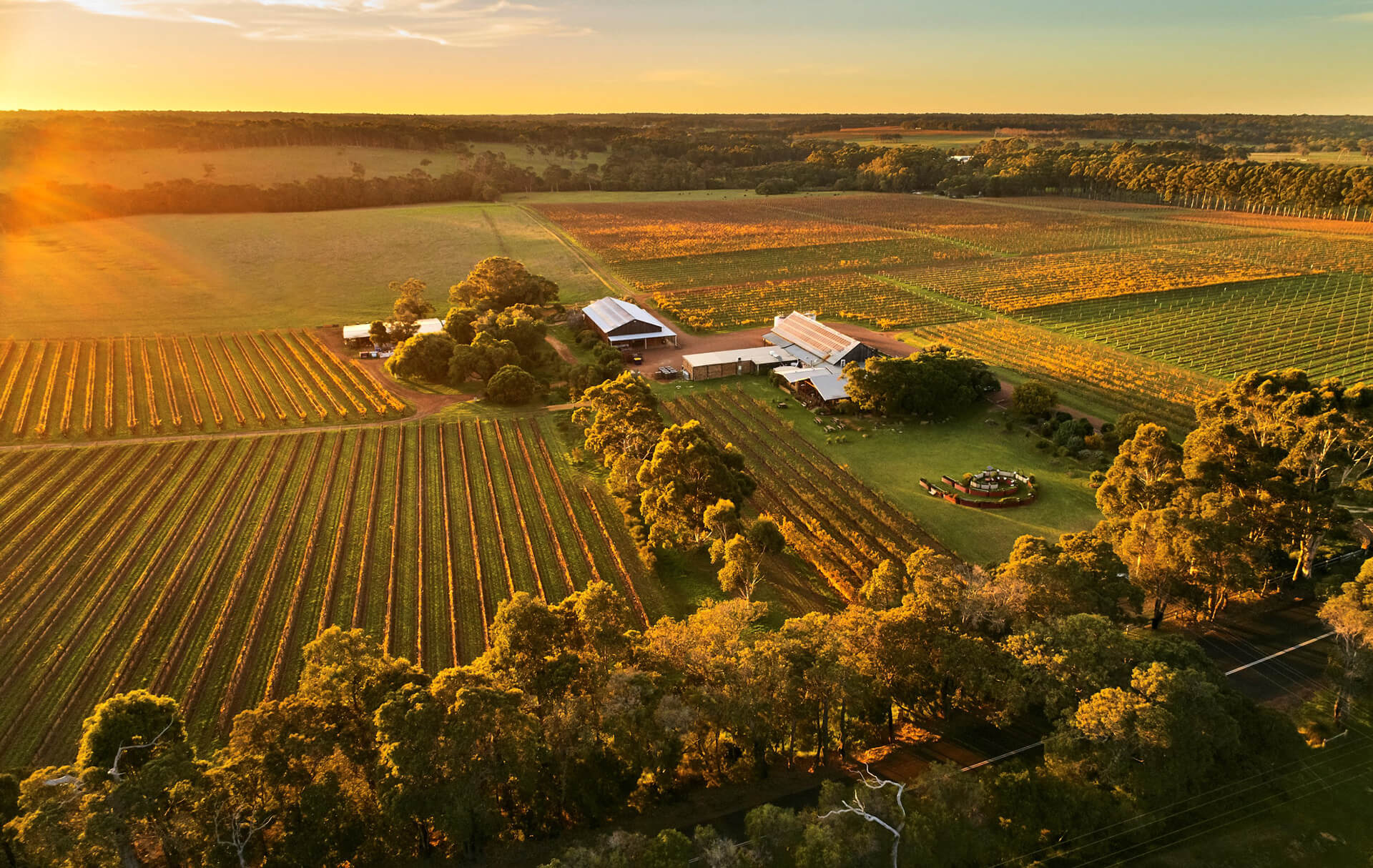
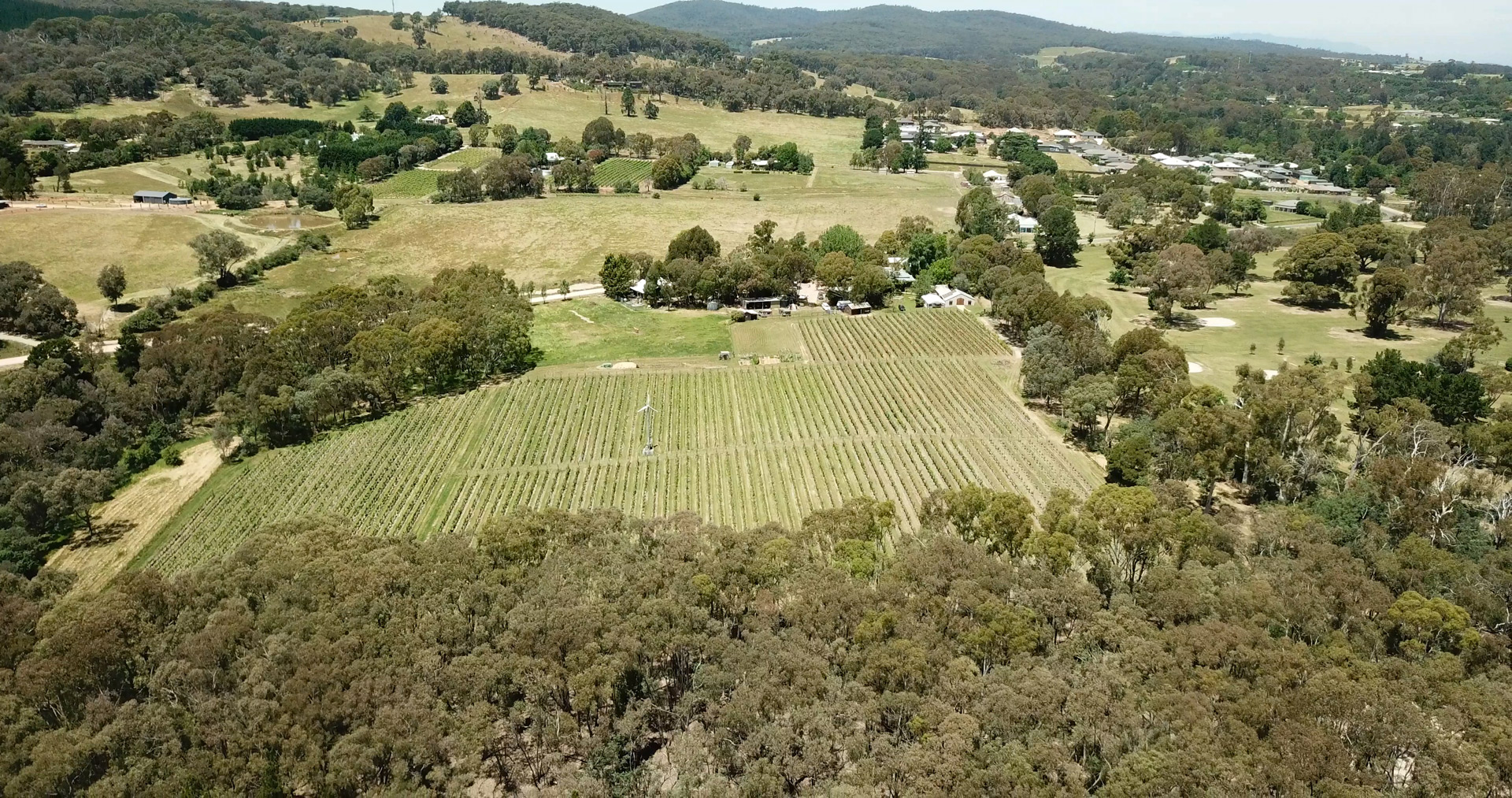
It’s a discipline that has its sceptics about the more cosmic elements. Indeed, the preparations that consist of burying cow horns over the winter months, some filled with cow manure and others with ground quartz crystals, also raise eyebrows among some. But these methods are championed by some of the finest estates in the world of wine, including Domaine de la Romanée-Conti (DRC), and closer to home such icons as Cullen, Giaconda and Sorrenberg. And the proof, as they say…
The principles were established by Rudolph Steiner (who also lends his name to the educational methods he pioneered) and delivered in a series of lectures in 1924. Since then, various bodies around the world have refined these processes, though all are firmly founded on his teachings, applying their own interpretation and offering rigorous certification processes that ensure adherence.
Organic farming similarly focuses on soil health and the increase of organic matter, microbial activity and mycorrhizal fungi (which are key to soil plant nutrition and soil health) through the use of composts, mulches and organic fertilisers. These enrich the soil and makes it a carbon sink. No inorganic chemicals are used in either practice, with only copper and sulphur employed for disease control.
Doug Lilburne switched the small Yarra Valley vineyard that surrounds his leased winery to organic methods in 2021 when he was working alongside Ben Haines (who has now moved back to the Adelaide Hills). Being a leased site, Lilburne won’t be seeking certification, but he’s had a long-held passion for farming without synthetics and is primarily sourcing organic fruit for his Mise en Place label.
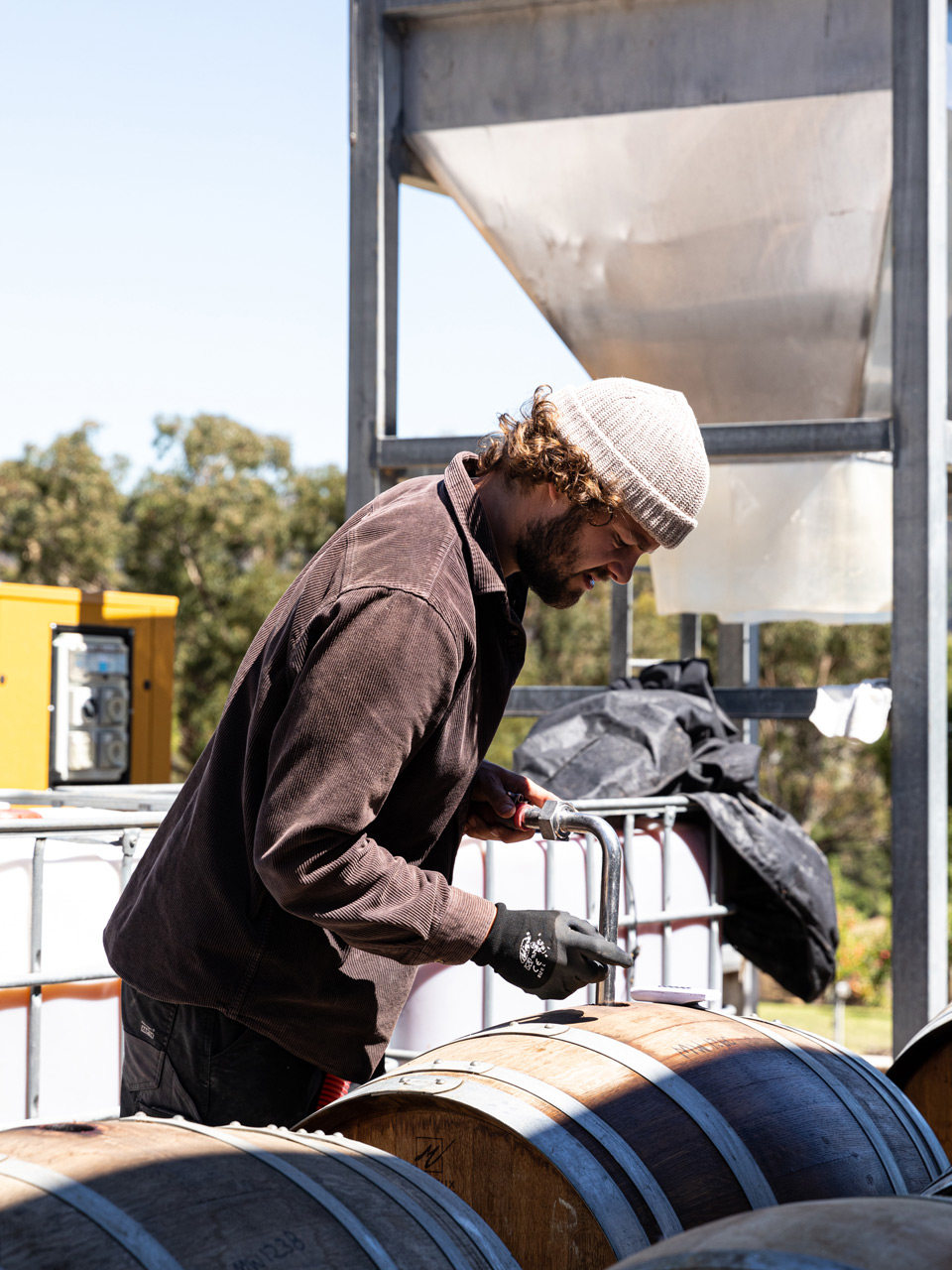
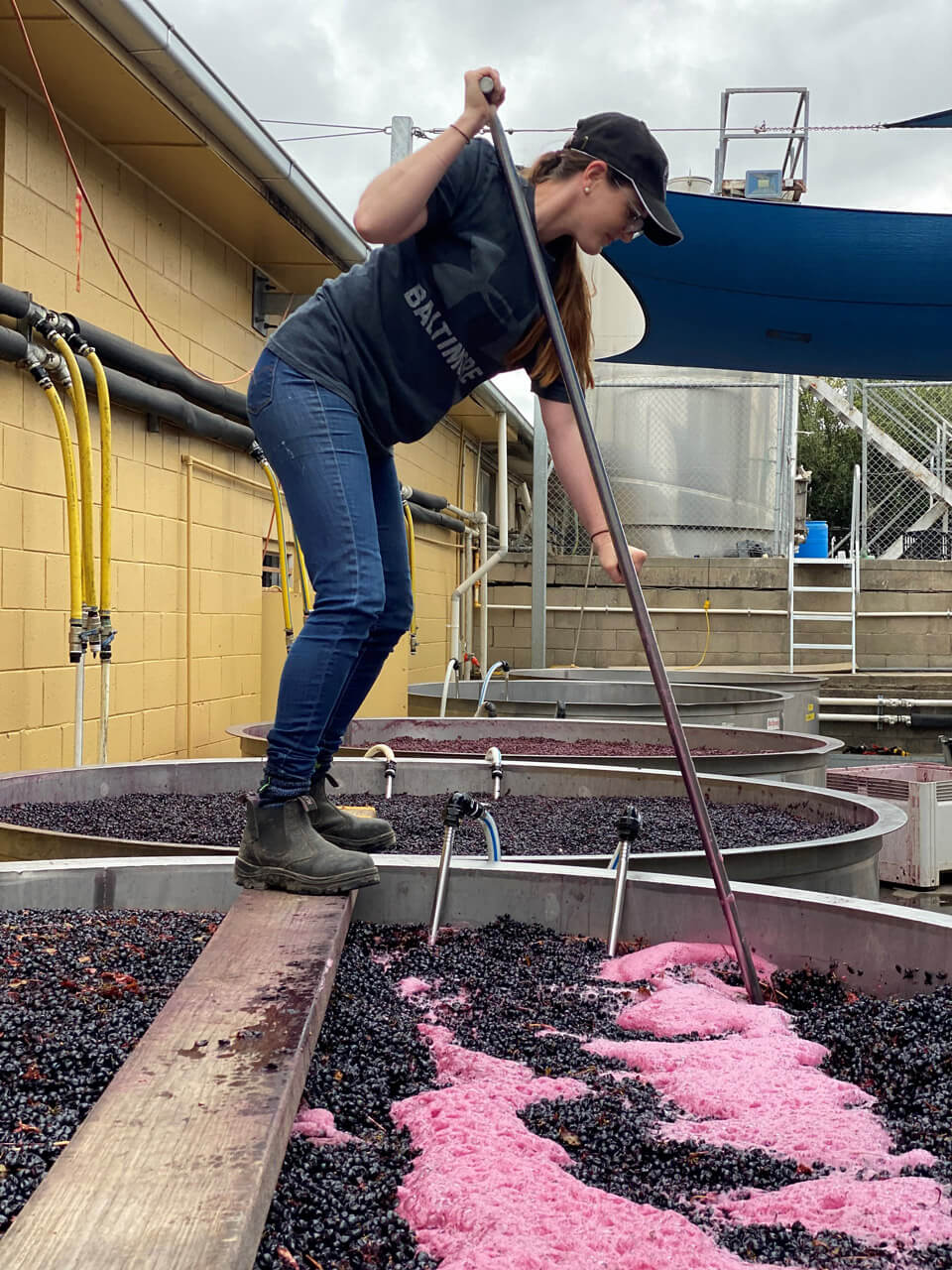
“At the end of the day, we are producing what some would term a luxury product, meaning we could live without it, although sadly... So, if we can try fucking up the planet a bit less for something we don't need, I think that's a positive thing.”
“My interest in organics was born in the kitchen by hanging around too many hippie chefs with grand utopian ideas of society,” says Lilburne, who first cut his teeth in restaurants in his native New York as a 15-year-old. “I was taught as a young kitchenhand that ‘you are what you eat’… After arriving in the California wine industry, I realised the same was true for what you drink…”
After working in Australia for several years, that dedication saw him return to the States to learn more about the methods from some Californian legends. “This simple yet profound realisation took on a whole new light during my work with Ted Lemon at Littorai and the Bass family at Porter-Bass Vineyard, where I was constantly surrounded by boundary-pushing organic and biodynamic practices. The concept of true terroir or the expression of place without the manipulation of chemical inputs became real, and I was totally hooked.”
There are many international icons, like Littorai and DRC, that are fountainheads of organic and biodynamic principles in action, but Australian grape-growers have also been extremely progressive of late. There are now many new converts joining those that have been championing the methods against the tide for decades.
McLaren Vale has a particularly high adoption of organic and biodynamic methods, with nearly 40 per cent certified, while many more are practising and either in conversion or not seeking certification – some rail at the cost, while others like to leave their options open in extreme cases. Paxton was one of the pioneers that helped in part to inspire many others. Arguably, their great achievement was the sheer scale of the operation, converting over 100 hectares to certified biodynamic farming at a time when the methods were widely considered only applicable for small operations.
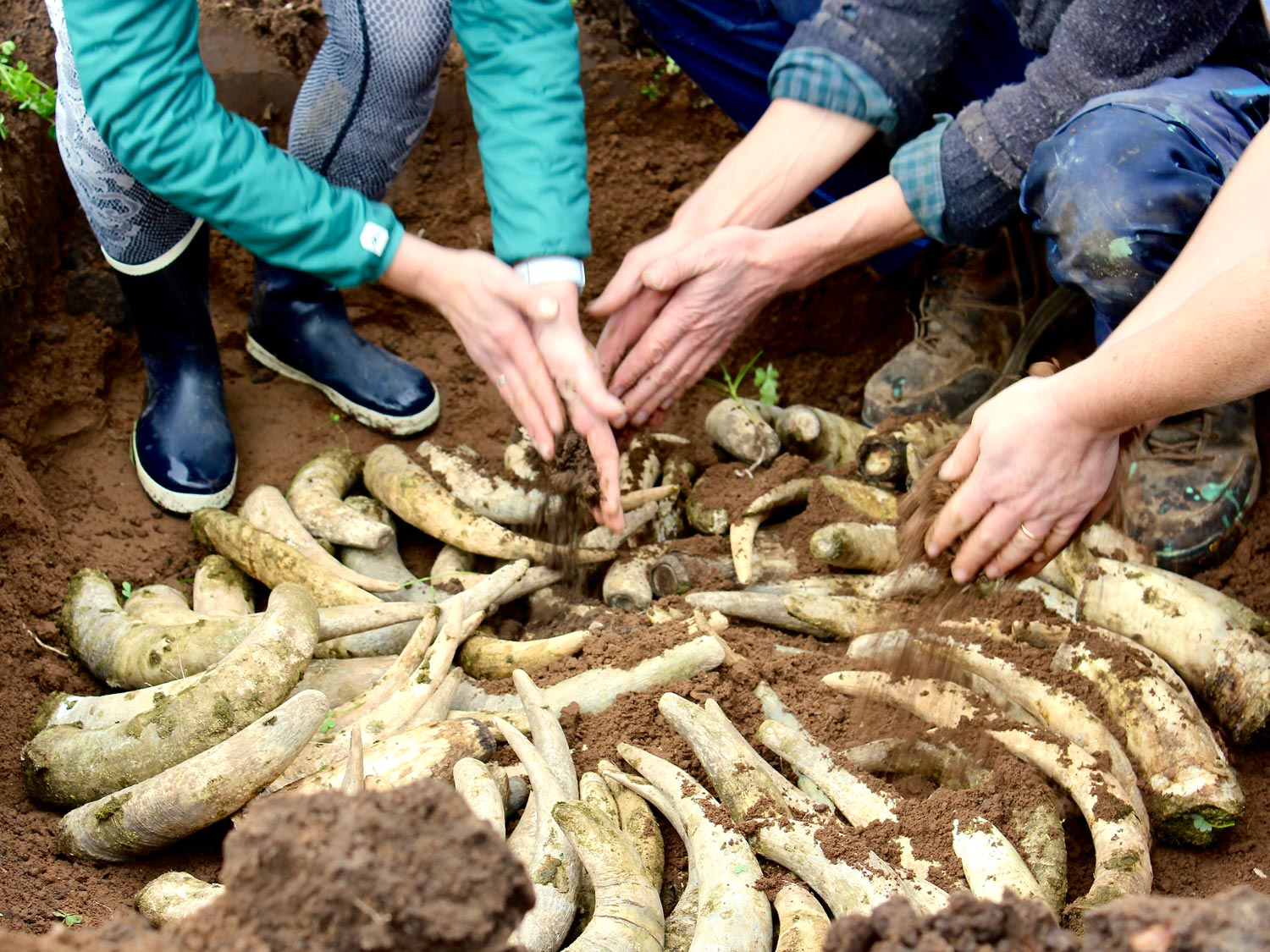
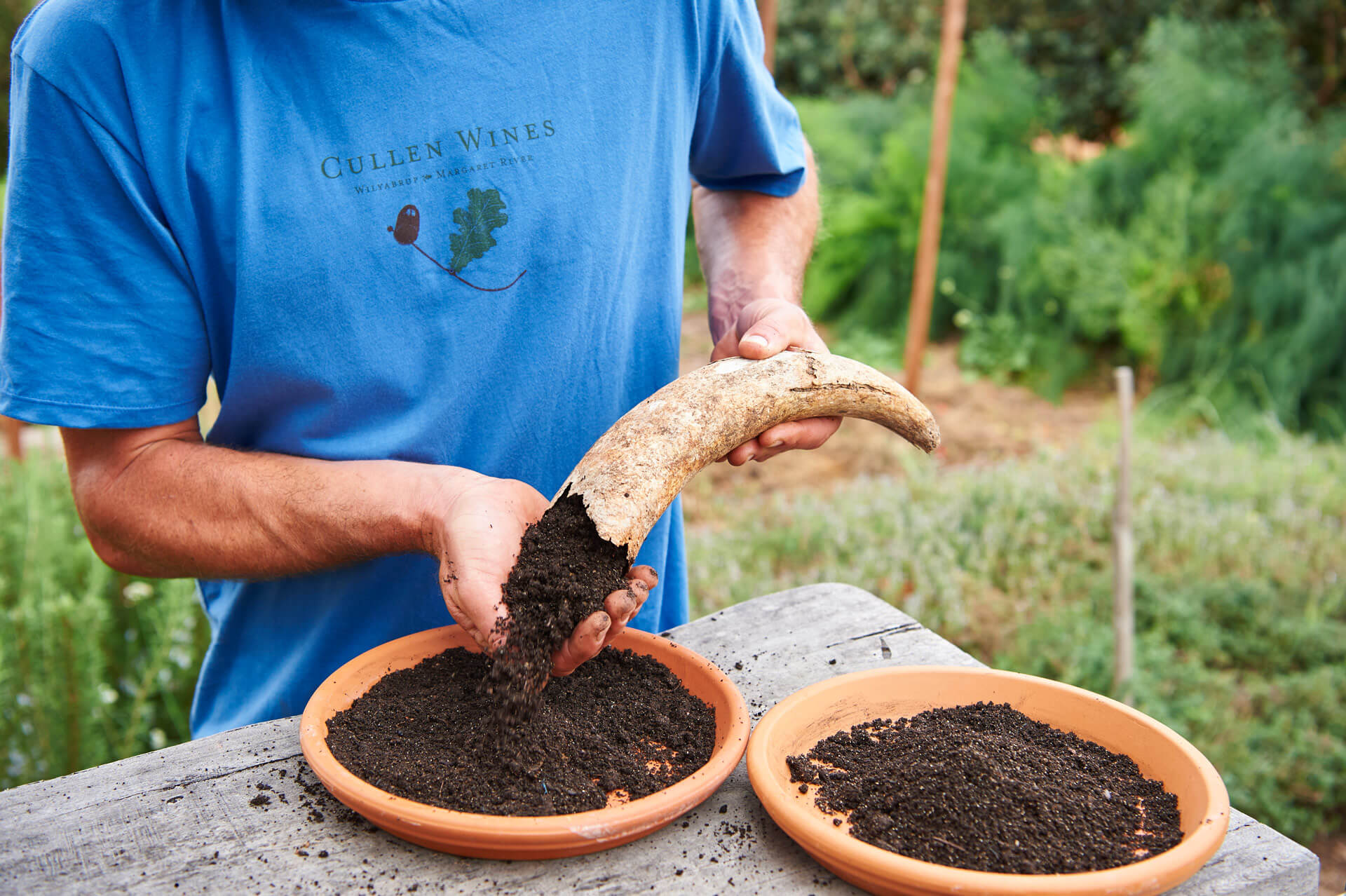
Since 2021, Seymour has taken the reins with the winemaking after returning from a decade in Italy where biodynamic farming had a deep influence on her. “In all honesty, having the opportunity to learn about the methods changed my life,” she says. “At university, organics and biodynamics were brushed over, even joked about, so it wasn’t until I went to Italy that I had the opportunity to learn about and work in a biodynamic estate.”
Given the acceptance of an organic approach today, it’s surprisingly not that long ago that wineries flying the organic or biodynamic banner were often seen as being less focused on wine quality. Vanya Cullen, of Cullen Wines, notes that when they proudly celebrated their conversion in 2004, there was much negative reaction, with some bordering on the hostile. That didn’t stop her, though, and advocates like her have pushed against significant backlash to recognise that the pursuit of both wine quality and the greater good are inextricably intertwined.
“I have seen soils come back to life,” says Seymour, “the positive impact of an increase in biodiversity, not just visually …but also for the people that work in the vineyards and around them. …One of the things people don’t realise about biodynamic farming is the importance of sustainability from a cultural and economic perspective in equal harmony with the environmental perspective.”
Mauricio Ruiz Cantú and Ben Caldwell of Somos Wines also work with fruit from McLaren Vale, along with the Adelaide Hills and the Riverland, with a particular focus on vineyards that are worked in a sustainable manner. “We love working with biodynamic fruit,” says Ruiz Cantú. “We’ve observed that particularly in tougher years; well-established BD vineyards tend to have a stronger resilience, lower disease pressure and higher quality. We try to work with mostly either certified organic or biodynamic growers, but there are a few vineyards we work with that aren’t certified. Most of them are at least part of Sustainable Winegrowing Australia.”
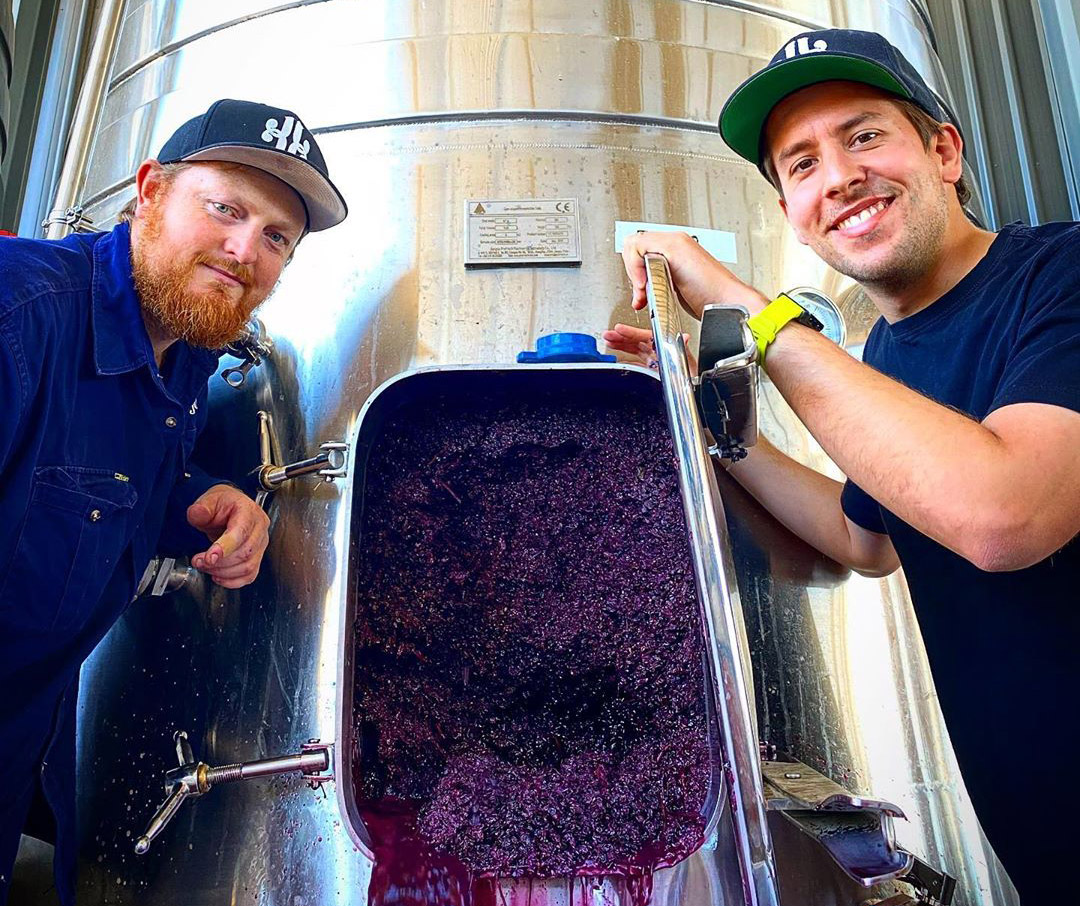
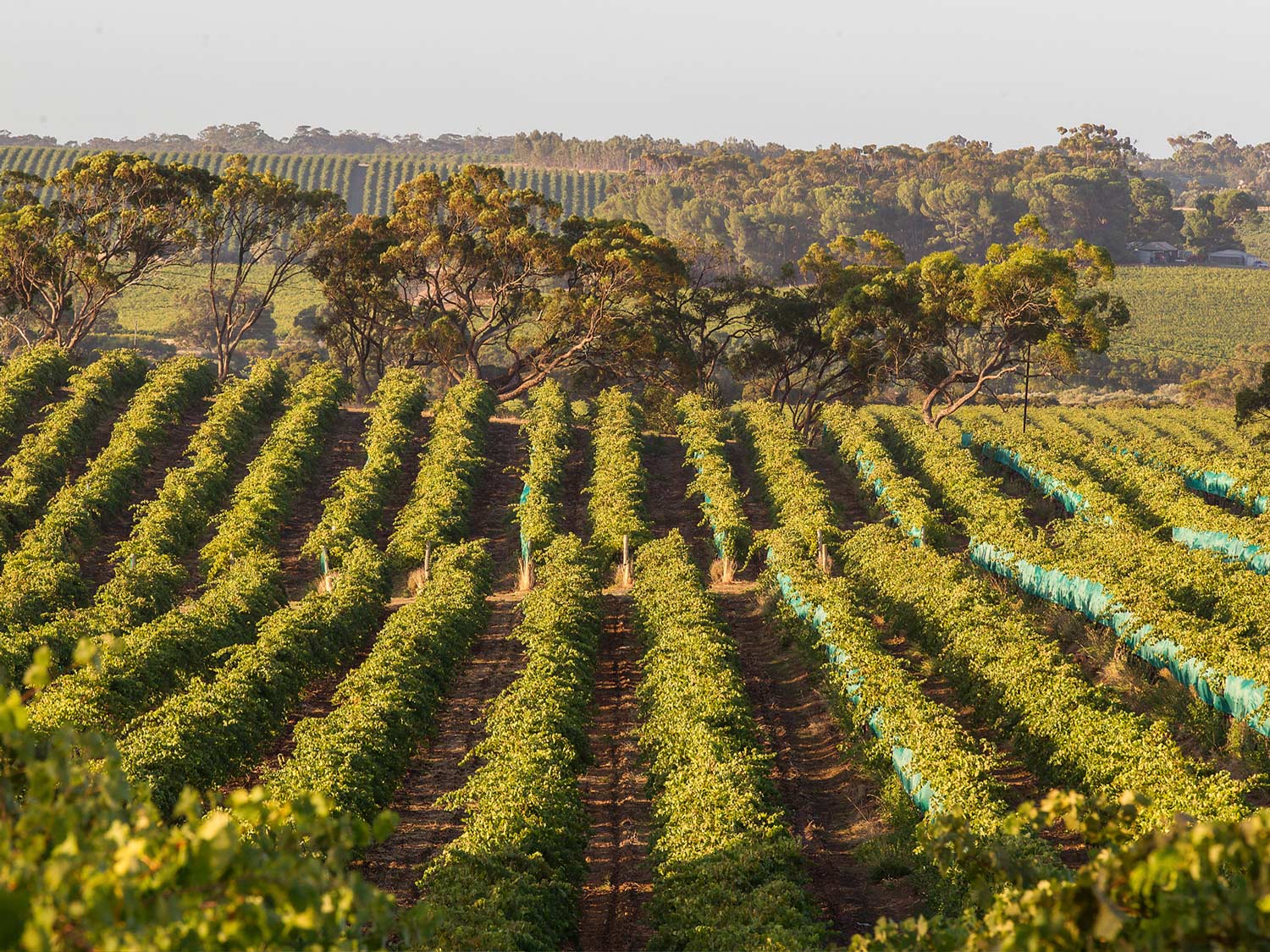
Certification can be a thorny topic, with some arguing that it is the only way of guaranteeing the farming practices for the consumers, while others decry the hoops that must be jumped through. “Certifications are certainly not cheap,” says Ruiz Cantú. “There is a lot of paperwork involved, and the auditing process can be strenuous, so I get when some growers don’t feel like they want to go through the hassle.”
Caldwell and Ruiz Cantú take a pragmatic approach, proudly declaring certified fruit boldly on the front labels, but also recognising good farming when they see it. “As long as there is a commitment to avoiding harsh pesticides and herbicides that damage soil structure and biodiversity, then we are happy to work with you,” Ruiz Cantú adds.
Working with growers is something that Lilburne believes in, even if the end goal of organics takes some time to achieve. “I’m not the diehard idealist that I once was, and now more than ever I understand the necessity of keeping farming costs low for the sake of the business. In fact, I’m more interested in starting this conversation with vine growers in the hopes to make small shifts away from what I believe is harmful to humanity and the world as a whole.”
It’s an approach that Ruiz Cantú believes is a symbiotic one for grower and maker. “We currently work with two certified biodynamic growers and would certainly love working with more growers that get certified. At the end of the day, most of the benefits will be reflected on fruit quality and the longevity of the vineyards, so it’s a win-win for the grower and producer.”
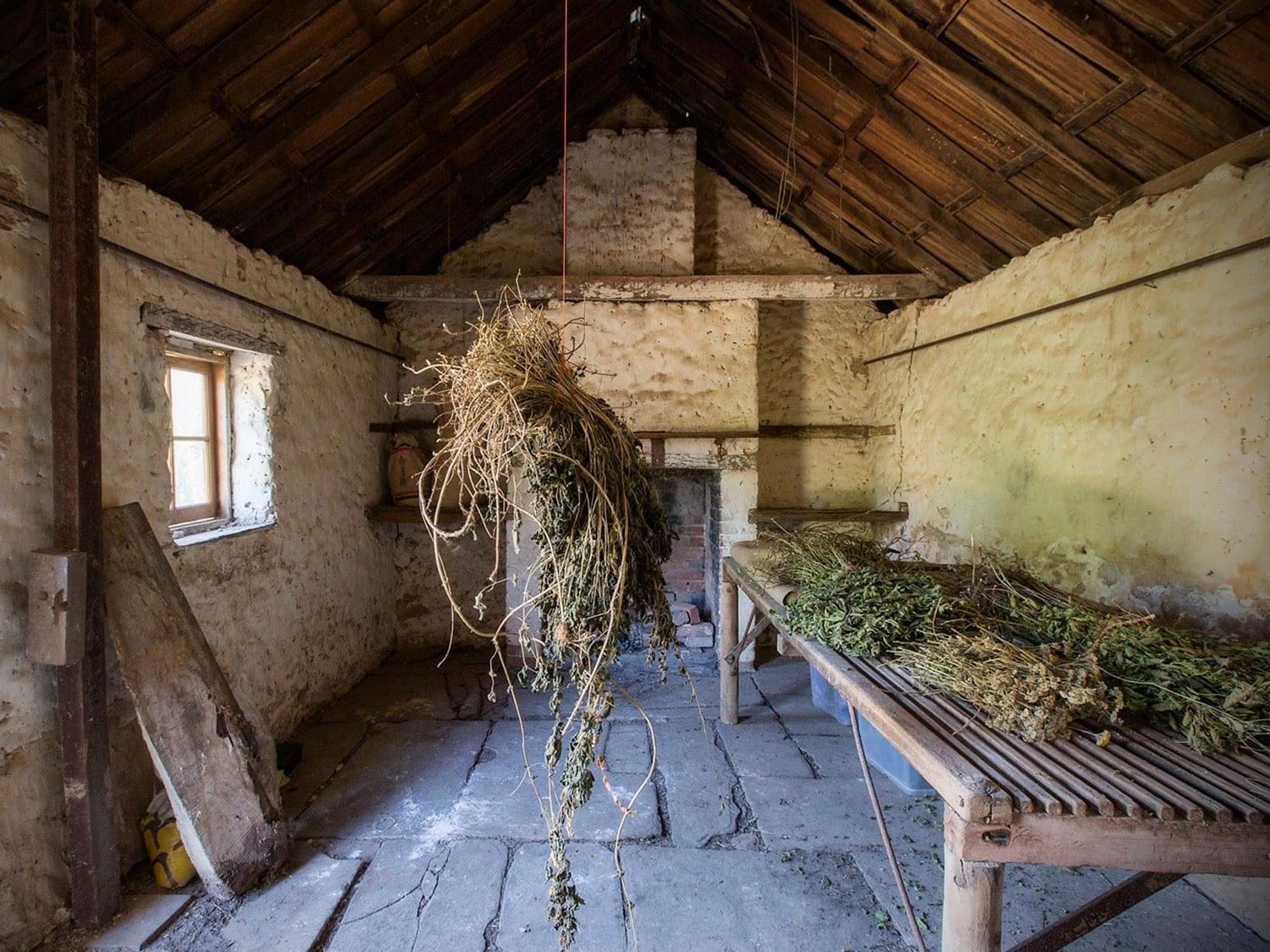
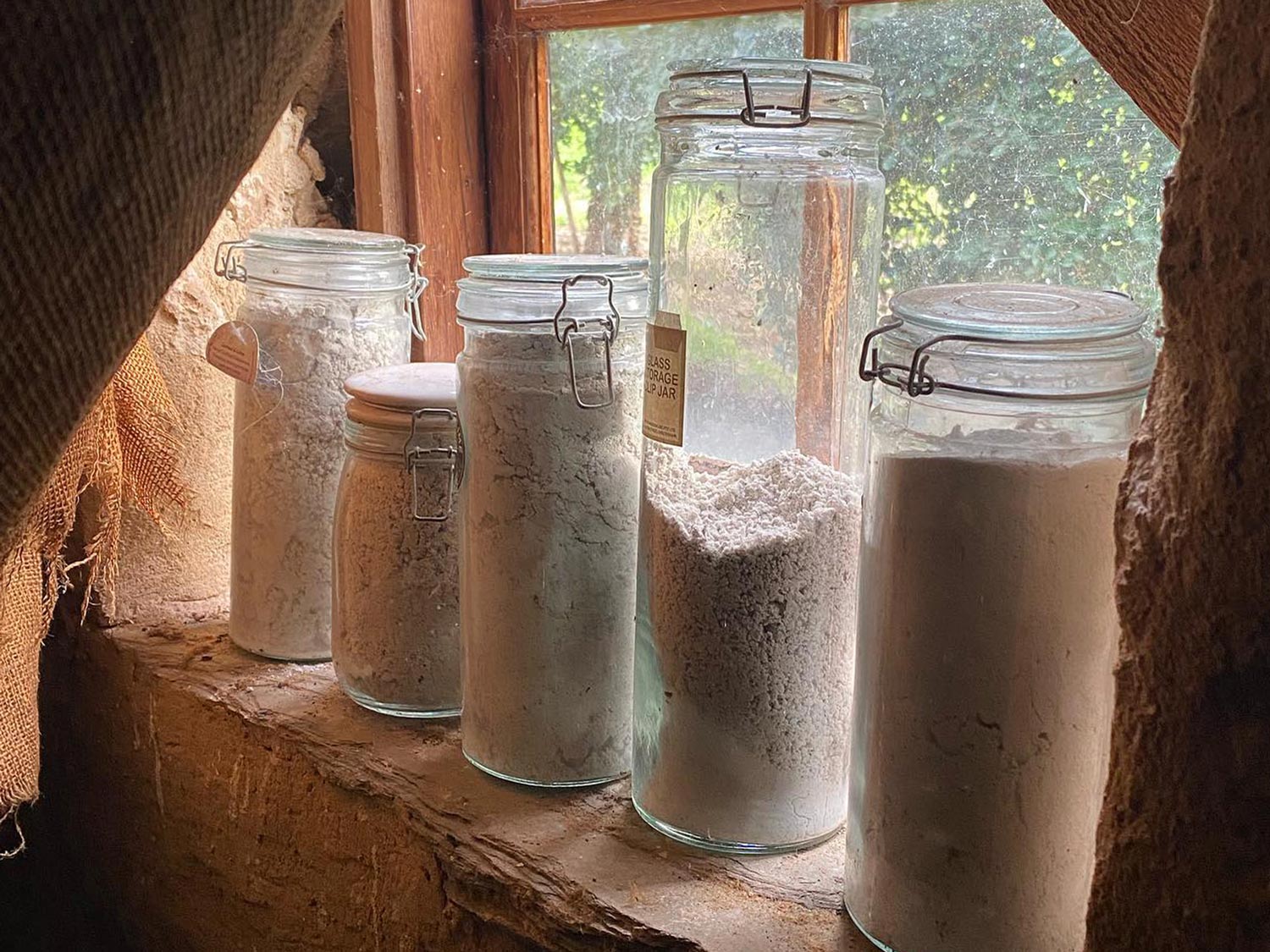
Lilburne notes that it may be a long process convincing some growers, with herbicides and pesticides easy solutions for what is already labour intensive work, but well-managed biodiverse vineyards founded on organics will become more balanced and less in need of intervention. Native predatory pests return to feast on the problematic species, while cover crops and native grasses reduce problem weeds and increase the water-holding capacity of the soil.
“Yes, herbicide would be a faster and more cost effective measure to do the same job, but once I learned the meaning of the word systemic, I was reassured that all my labour was not in vain. The herbicides we use throughout industrial agriculture are so strong and well-crafted that they do not break down and decompose after killing their intended targets.”
Systemic herbicides and pesticides are transported through plants with the intent of either killing them or insects that feed on them, and that’s often true for both the good and the bad insects. Those residual chemicals are also taken up into the fruit and any products made from them, including wine.
For advocates, organic and biodynamic farming have clear gains for wine quality as well as helping to address localised and overarching health and environmental gains, but for Seymour, she also feels a simple responsibility to farm this way. “At the end of the day, we are producing what some would term a luxury product, meaning we could live without it, although sadly… So, if we can try fucking up the planet a bit less for something we don’t need, I think that’s a positive thing.”
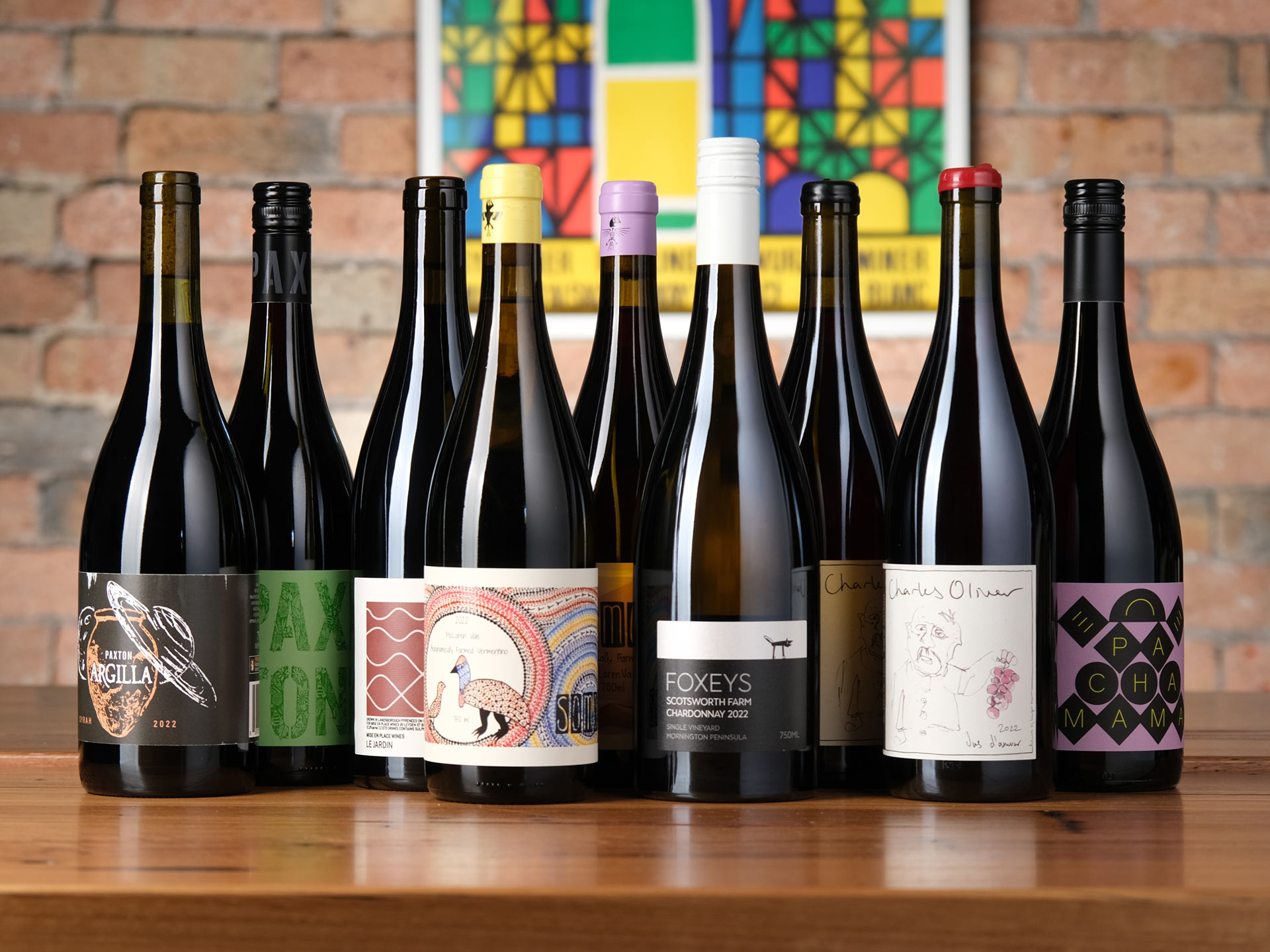
There’s a level of real refinement here, with a fine line of white nectarine and citrus fruit, mainly yellow skinned, but there’s keenly judged winemaking input chiming in, too. Pleasing notes of matchstick, dried ginger and candied citrus peel add complexity, with the palate running down a finely textured line, with lemon sorbet-like acidity keeping things fine and tight, a plump of texture insulating.
Experience the story – shop the wines at Finestro online cellar door.
This is vermentino taken to its full and textural side, with the feel of some skin contact and time in older oak fleshing out savoury flavours and texture. Notes of golden apples, preserved lemon, salted caramel, creamed honey and a distinct nuttiness play across the nose. This has a slippery, slightly saline palate, with salted praline notes and a full textural play, though it’s not broad in any way, with freshness and a certain poise balancing all.
Experience the story – shop the wines at Finestro online cellar door.
This is deeply, impenetrably coloured with notes of black fruits, plum, old leather, wild herbs, anise and a hint of blue florals. This is intense but it’s not big as such, just loaded with fruit and savoury, slightly wild interest, but at a relatively modest alcohol for all that. Chewy, grainy tannins structure the palate, with the fruit and site expression uncluttered by apparent oak.
Experience the story – shop the wines at Finestro online cellar door.
There’s a brightness brought by the winemaking method here, with some carbonic fermentation giving this a juicy brightness, but the rugged, spicy and leathery character of the variety also shine through. Black and pickled red cherries, star anise, sarsaparilla, pepper, black olive tapenade and a ferrous mineral note all feature, lifted by pops of red fruits. There’s tannin here, but less than the more stoic expressions of the grape, with lively acidity pairing with it to give this fresh appeal and a food-friendly vibe.
Experience the story – shop the wines at Finestro online cellar door.
Classic sangiovese notes of red cherries, earthiness and woodsy herbs are complemented by cranberries and some darker brooding fruit notes. There’s a vibrancy here, with a slosh of tart red fruits, but it’s anchored in a savoury, ferrous quality, speaking of variety and place, typical acidity and a sleeker but still grippy take on the tannins enlivening the finish.
Experience the story – shop the wines at Finestro online cellar door.
Raised in clay amphora, there’s a deep intensity here, nodding both to the traditions of shiraz in the area along with adding new layers. A deep colour is matched with intense brambly red and black fruits layered over a ferrous mineral element. There’s a brush of woodsy herbs and hints of black cherry emerging on the palate, along with tar and a hint of dark spice, grape tannin pulling all together through the finish.
Experience the story – shop the wines at Finestro online cellar door.
From the Shay’s Flat vineyard, this is pitched in a lightweight but intensely savoury mould, with a pale red hue made that bit lighter from a portion that was made as rosé. Another slightly later pick saw a short time on skins, with a third parcel made as a more classic red. A lift of dried cranberry, cherry, freeze-dried raspberry, white pepper, leather and dusty earth are all present on the nose. There’s texture and chew here, with some classic wild raspberry notes cresting on the palate – a faintly slippery feel that’s accented with vibrant acidity and gentle but apparent tannins.
Experience the story – shop the wines at Finestro online cellar door.
This is a bright and pulpy expression of two often brooding varieties, but early picking at proper ripeness has resulted in a wine that is both vibrantly fruitful and fresh, with wild forest berries and macerated red cherries backlit with herbal notes, blackcurrant leaf, anise and a savoury tarriness. There’s a pithy, pulpy freshness here, a burr of up-front grapey tannin, a gentle zip of spritz and a finer line of grip closing out, the acidity snappy but sheathed in the fruit, a burst of wild cherry and blackcurrant fanning through the finish.
Experience the story – shop the wines at Finestro online cellar door.
Lifted and aromatic with wild herbs, tart raspberry, green peppercorns, mezcal, smashed red cherries and gentle spice notes. This has been picked earlier, keeping that vibrancy of fruit, while also locking in the regional notes of rugged minerality and bay leaf, a suggestion of red florals prettying the edges. This sits in a fine, textural mould but with present tannins, and a freshness that runs through the finish.
Experience the story – shop the wines at Finestro online cellar door.
Please sign in or create account as candidate to bookmark this job
Please sign in or create account to save this search

Please sign in or create account as candidate to create a resume